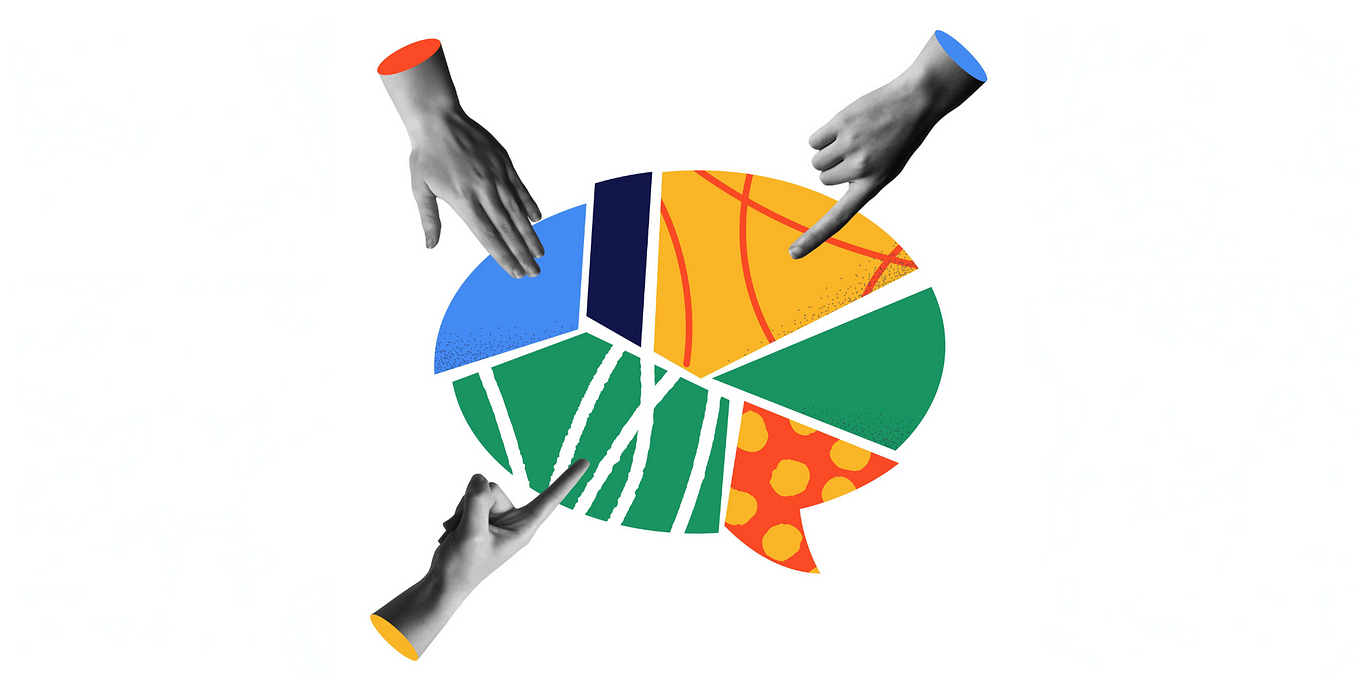A Brief History of Comics and Graphic Novels
This is the first article of our new series on comics and graphic novels. Be sure to catch the next two articles in February and March. The new season of How to Fall in Love with Classics, the literary programme series by Dr Gwee Li Sui, poet, artist and literary critic will debut this month focusing on graphic novels. For more information and registration, click here.
What comes to mind when you think of comics?
When I was growing up, my diet of comics comprised comics strips from the newspaper (I loved Peanuts and Garfield), Archie comic books, volumes of Tin Tin and Asterix, Beano and Dandy magazines, and Lao Fu Zi which I got to read whenever I visited my cousins. There was a long break in reading comics between my childhood and adult years before my foray into graphic novels and rediscovering the world of panels and speech bubbles.
Aesthetically, the artwork is quite different from the juvenile comics I was used to as a kid, and the themes and subjects more similar to literary non-fiction I read as an adult. This experiential split between childhood comics and the graphic novels of my adult years aligns to this definition of graphic novels: “The term is commonly used to disassociate works from the juvenile or humorous connotations of the terms comics and comic book, implying that the work is more serious, mature, or literary than traditional comics.”
Superheroes
From left to right:
Watchmen — Alan Moore & Dave Gibbons | Physical Copy, eBook
The Dark Knight Returns — Frank Miller & Klaus Janson | Physical Copy, eBook
V for Vendetta — Alan Moore & David Lloyd | Physical Copy
First coined in 1964 by Richard Kyle in a comics fanzine, ‘graphic novel’ is now a term widely used by readers and publishers. Its acceptance among the comics community however is a bit trickier. The term is scoffed at by some creators as an unnecessary and pretentious distinction from comics. Author of Watchmen, Alan Moore, called it “a marketing term… that I never had any sympathy with.” Neil Gaiman, in response to a claim that he does not write comic books but graphic novels, said: “I felt like someone who’d been informed that she wasn’t actually a hooker; that in fact she was a lady of the evening.”
Coming of Age
From left to right:
The Complete Persepolis — Marjane Satrapi | Physical Copy
This One Summer — Mariko Tamaki | Physical Copy, eBook
Ghost World — Daniel Clowes | Physical Copy
A look at the brief history of comics might help us better understand how graphic novels come into the picture. Comic strips first appeared in newspapers in the late 19th century, with popular strips collated into book form starting with The Yellow Kid in the US in 1895. In Europe, The Adventures of Tin Tin began in 1928 as a 2-page comic in the youth supplement of a Belgian newspaper. The late 1930s marked the arrival of the superhero genre with comic magazines featuring Superman and Batman, as well as British children’s comics The Dandy and Beano. The 1940s saw the release of Archie Comics and the Peanuts comic strip. In post-war Japan, manga became popular, with Astro Boy first serialised in 1952.
Autobiographies/Memoirs
From left to right:
The Resident Tourist — Troy Chin | Physical Copy
The Complete Maus — Art Spiegelman | Physical Copy
Monsters, Miracles & Mayonnaise — Drewscape | Physical Copy
The term ‘graphic novel’ only came into popular usage in 1978 with the commercial and critical success of Will Eisner’s A Contract With God — some 14 years after the phrase was coined. Conceived from the start as a book-length work, as opposed to a serialised work later compiled into a book, this was a literary work targeted at adult readers. The graphic novel was a collection of four stories linked by themes of disillusionment and guilt, based on Eisner’s memories of growing up in New York’s poor Jewish migrant community.
History & Society
From left to right:
Last Train from Tanjong Pagar — Koh Hong Teng | Physical Copy, eBook
The Art of Charlie Chan Hock Chye — Sonny Liew | Physical Copy
Ten Sticks and One Rice — Oh Yong Hwee & Koh Hong Teng | Physical Copy, eBook
The notion of the graphic novel as a more serious or literary comic form for adult readers became further cemented by three significant titles that were published in the 1980s: Maus (a book on the Holocaust which won the Pulitzer Prize in 1991), Watchmen (listed as TIME’s Best 100 novels since 1923), and Batman: The Dark Knight Returns. Watchmen was described by Lev Grossman as “a masterpiece so powerful it caused the entire genre of superhero comics to immediately rethink its most sacred conventions.”
Mental Health & Aging
From left to right:
All That Remains — James Tan | Physical Copy
Can’t We Talk About Something More Pleasant? — Roz Chast | Physical Copy, eBook
Displacement — Lucy Knisley | Physical Copy
One of the strengths of the graphic novel today lies in its ability as a medium to tell sensitive or difficult stories in a way that is both accessible and moving. Michael Schumacher describes graphic novels as “book-length works of sequential art expanded in scope [beyond science fiction and fantasy] to include biography, memoir, history, and other types of non-fiction.” The sheer number of stories on different subjects, and the variety of art styles (cartoony, manga, action hero to realistic), means that there is a graphic novel out there for everyone.
To find out more about graphic novels, don’t miss our upcoming programme series on graphic novels under How to Fall in Love with Classics!
-
Written by
Pearly Ma
National Library Board









